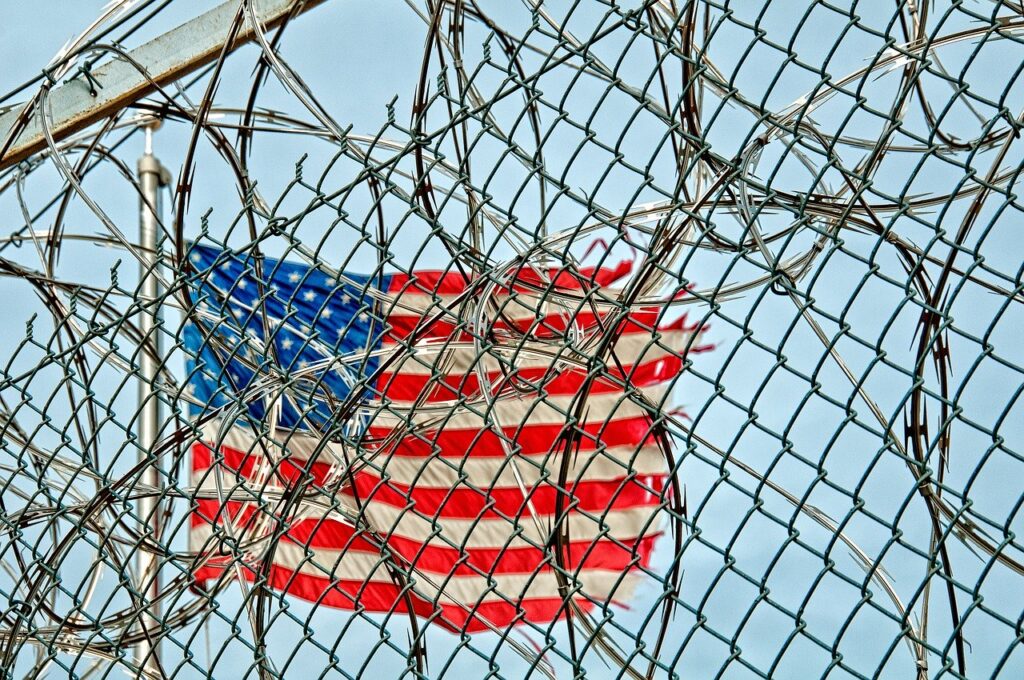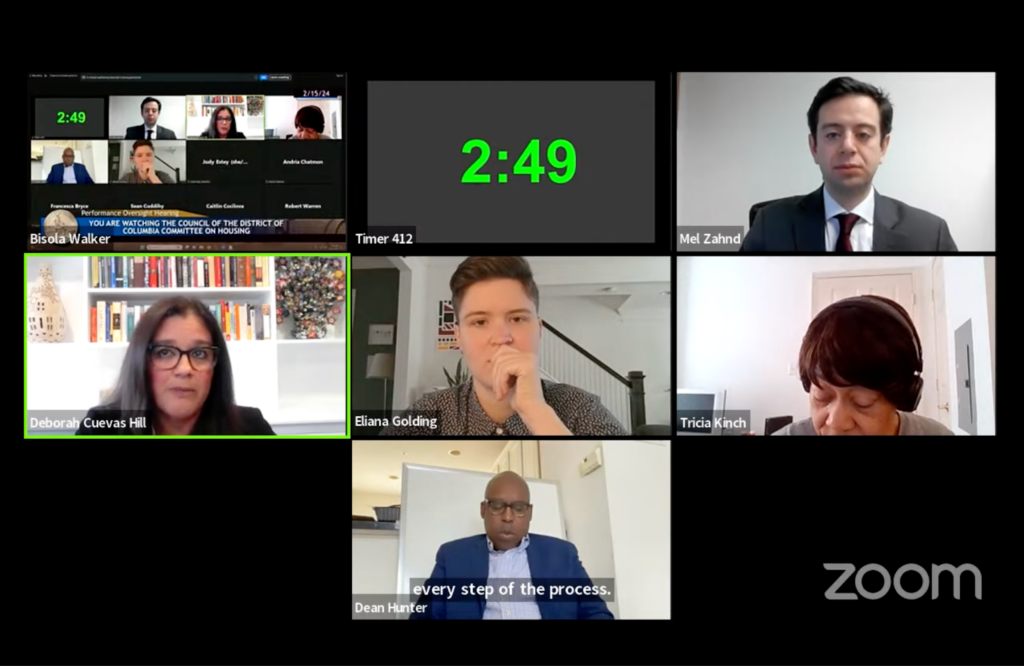When Livia Pinheiro got out of prison, she had been held for more than a decade – first by the state of California, then by the federal government and finally by immigration officials. When it was all over, she had no home to go to.
Initially charged with robbery, she was released suddenly in late May from the Yuba County Jail, the result of a class-action lawsuit over detention conditions amid the coronavirus pandemic.
“It was the most joyous day of my life. I had been incarcerated since 2009 at that point, and it hit me like lightening,” said 40-year-old Pinheiro.
But while the virus ultimately prompted the release of Pinheiro and hundreds of others from Yuba County and the Mesa Verde Detention Facility to prevent a heavy toll on inmates, it also posed a major complication for her thereafter.
Pinheiro suffers from multiple chronic conditions and as part of her release was ordered by a judge to self-quarantine for two weeks – but where? “I have nowhere to go,” she said.
More than 9.5 million people are released from US jails and prisons each year, according to a University of Delaware researcher in a paper published in February – with tens of thousands going directly into emergency shelters or on the streets.
A disproportionate number of those incarcerated are minorities: For instance, African Americans are almost six times more likely to be imprisoned than whites, according to a 2018 report to the UN by the charity Sentencing Project.
Such disparities have fuelled national protests in recent weeks over racial inequality, policing and the mass incarceration of Black men.
Officials recognized the dangers to prisoners posed by the pandemic, and many detention systems responded by authorizing mass releases within certain parameters – often non-violent offenders who were already close to their release date or were elderly.
California’s governor in March ordered the early release of 3,500 prisoners, for instance, and the state expanded that order in mid-June.
Jails run by local authorities across the country have “drastically” reduced their populations, according to NGO Prison Policy Initiative.
That has meant a sudden, severe need for housing at a time when already-stretched shelter systems have been turning away new entrants amid attempts to social distance.
“Our jails had never been so empty,” said Britta Fisher, executive director of the Denver county and city Department of Housing Stability.
Combined with the pandemic, she said, mass releases suddenly turned Denver’s shelter system “on its head”.
‘Piecemeal’ re-entry system
The United States continues to incarcerate more people per year than any other country, according to the Prison Policy Initiative – 698 per 100,000 residents.
Yet officials continue to place far less emphasis on what happens after release, advocates say – despite the implications for recidivism.
“Re-entry has been the stepchild of the criminal justice system,” said Jay Jordon, executive director of NGO Californians for Safety and Justice.
“We have a system that incarcerates people, and it’s very sophisticated,” he said. “But when you look at re-entry, it’s funded by grants – piecemeal.”
As a result, the re-entry process is largely the work of housing and other service providers, he said.
In the early weeks of the pandemic, that had important ramifications, he said: Those organizations were not considered “essential” by the government, and many either halted operations or were not included in policy discussions.
“There was a lack of coordination, so people weren’t getting the support” they needed, he added.
Emergency reforms
Still, state and city officials did increasingly move to address the need for housing during the pandemic.
The states of California and New York for example are paying for hotel rooms for those getting out of prison with no home to return to, a strategy the city of Dallas and others have also adopted.
In Denver, Fisher’s shelter system was not only seeing hugely increased need but also capacity that was suddenly cut by more than half due to social-distancing requirements, as well as limited staffing.
“What we saw was this damage that COVID did to our sheltering system, taking a model that’s about getting as many people in and out of the elements,” she said, but now has to be “spread out”.
Part of the response was on an emergency footing: expanding the shelter system into event space and other buildings, and bringing in hundreds of National Guard officers to reinforce staffing, Fisher said.
And instead of focusing solely on the neediest, her office is also looking at who would be easiest to house, with the goal of taking pressure off the shelter system.
They used the situation as an opportunity to move quickly on what had previously been a long-term plan: to start running the shelter program 24 hours a day, rather than the overnight facilities that most cities offer.
Fisher said she and her colleagues are already seeing results from this new round-the-clock approach: A recent survey found that 16 per cent of those staying at one of the new men’s auxiliary shelters had previously been sleeping rough.
As in Denver, the pandemic has been an incubator for new approaches in many cities, said Kirby Gaherty, with the National League of Cities network – and that now provides a key opportunity.
“Now, how can the reforms that are beneficial live beyond COVID? Housing should be one of those things,” she said.
‘Re-entering society’
For Livia Pinheiro, the re-entry process started with a friend in northern California who allowed her to stay at her house for the mandated two-week quarantine.
After that, she got in touch with Susan Burton, whom she had heard about from an acquaintance in jail and who runs a Los Angeles housing and re-entry programme for women called A New Way of Life.
The group also trains others across the country to open similar facilities, including a planned six more this year, said Burton.
“Nationally, we face a housing crisis, but when people are released one of the main things they need is housing,” Burton said by phone, decrying what she called “short-sightedness” at the state and national levels on the issue.
Further, research suggests high incarceration rates of minority communities could be skewing housing security.
The Prison Policy Initiative, for instance, has found that African Americans coming out of prison have far higher rates of homelessness and housing insecurity than white or Hispanic people.
“We house them in abnormal conditions of confinement, and then we release them back into communities without investment in those communities nationally,” Burton said.
In April, A New Way of Life opened a new housing facility in response to the pandemic-related surge in demand.
“During the pandemic, it’s extremely important for people to have housing so that they don’t catch or spread the virus – we know that our jails and prisons are saturated with infection,” Burton said.
Ultimately, she opened the organization’s doors for Pinheiro “without hesitation” and told her to use the opportunity to “quiet myself, quiet my mind and think about what my purpose is in society,” Pinheiro said.
“Housing plays a huge role in my life,” she said. “Here I’ll be able to have the assistance I need, have the support I need as a woman re-entering society after so many years and so many changes.”
Courtesy of Thomson Reuters Foundation / INSP.ngo








